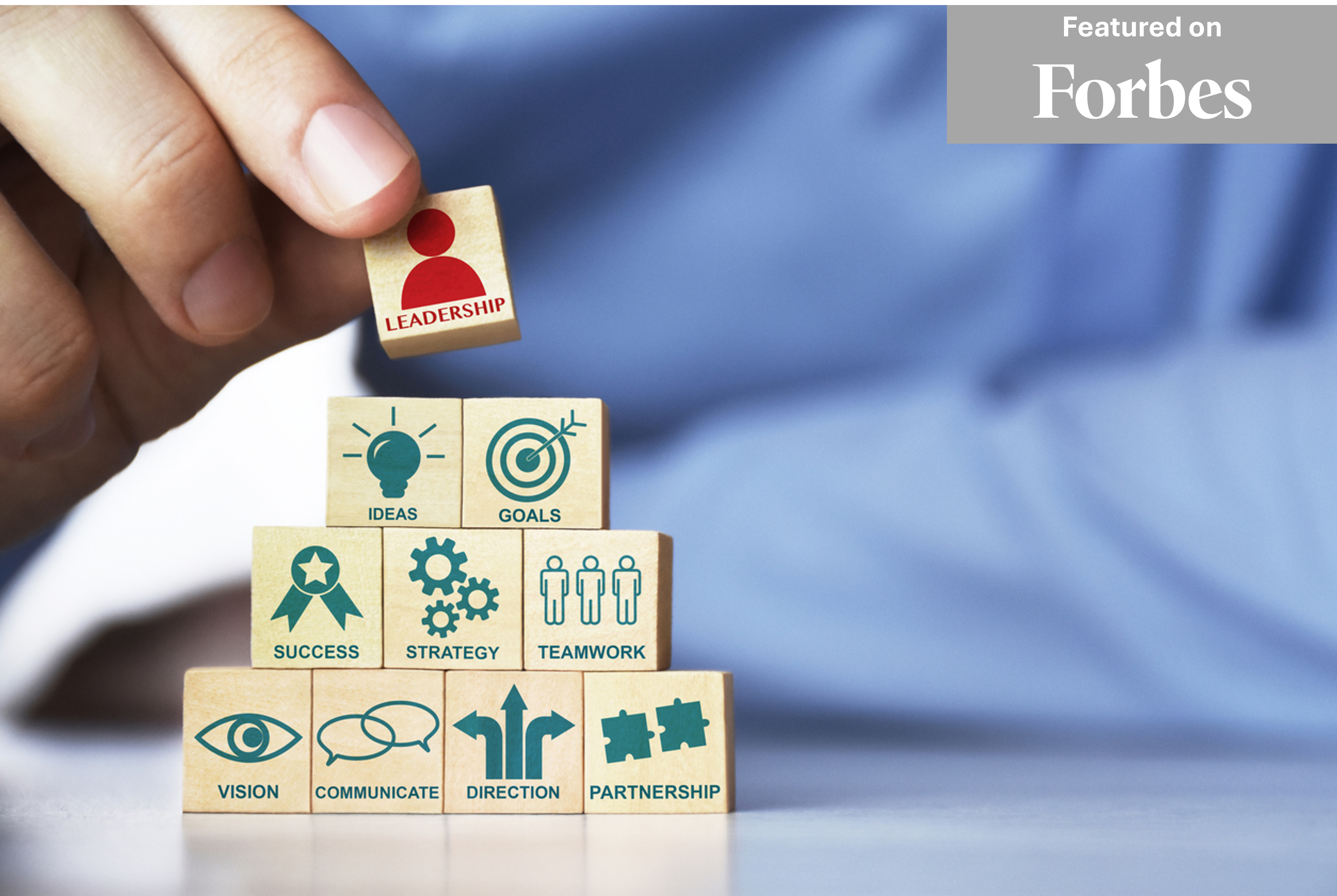
You’re judging me. As you read, you’re evaluating whether what I say is true or false. You’re deciding whether I’m credible. You’re gauging my words against your experience to determine whether or not my advice will work for you.
Your people do the same to you. They judge every word you say and write, and every action you take. It’s constant and unconscious, and it’s hard-coded in their DNA to keep them safe.
And what’s behind it—the comparison—is a leadership superpower, if you know how to use it.
People constantly, actively, and unconsciously compare.
They compare your price to what you charged before, and to what they can get elsewhere. They compare their raise to what they read on Glassdoor. They compare your presentation to what they heard on the grapevine.
These comparative judgements affect behavior. People buy, join, quit, collaborate, adopt, undermine, and make deals based on those comparisons.
As you lead, ask yourself: What are they comparing this to? If you know the answer to that, you can create trust and influence behavior.
Here’s why.
Comparisons help us gauge safety.

Scary or sweet?
What’s your reaction to the picture above?
If you have been bitten by a dog, this picture is upsetting. If you love dogs, you might find the picture endearing, knowing that “mouthing” is a sign of attachment. You have compared this picture to your experience and responded based on that.
At Emerson Human Capital, we see it in business as well.
Research shows that the most successful source of new hires is referral. Why? Because the employer compares the candidate to the trusted employee. The candidate compares the company to their friend’s stories. Both the company and the candidate feel safer moving forward.
This is also true for sales. Sales people often look for referrals or “warm leads”—an introduction by a friend. They know that the buyer will assume their experience with the friend will be similar. That makes the sales conversation safe and increases the chances of succeeding.
If you want your team to feel safe, learn what they might be comparing against from their experience, and make sure it’s safe.
Comparisons determine value.
Let’s say you want to buy an airline ticket for your next vacation. You might find a United flight for $1,240. Then you check American. They have flights, but they require layovers. You go back to Google Flights and suddenly see the rates across all the airlines have gone up to $3,950. Now, the original price feels like a bargain. The $1,240 price didn’t change—what changed is the price you’re comparing against.
Reed Hasting, Co-CEO, employed this comparison strategy when he described Netflix’ performance on the July 19, 2022 earnings call.
“Looking at the quarter…we’re executing really well on the content side…we’re talking about losing 1 million instead of losing 2 million.”
Most people want to associate their initiative with something that’s good, to make it feel safe. However, negative comparisons are powerful when you need people to act.
For example, my parents had a beautiful RV they wanted to sell. The dealer so loved it, he kept it at the lot entrance to impress people as they arrived. The camper sat there for over a year. Finally, we asked him if he had another vehicle that was less appealing. He did. So we asked him to park our RV next to it, and price ours slightly lower. The camper sold within three days.
A value comparison is about changing the conversation.
It’s about taking a person from one reference point to another. Academics call this reframing. If you want your people to see value in what you’re doing, compare against something that shows value.
Comparisons help us learn new information.
When we learn something new, we compare it to what we already know. That helps us retain and recall information. When we don’t have a good comparison, we have to create a new category in our mind, which makes information much harder to learn.
Let’s say you plan to visit our office in a month. I tell you the office door code is 3120, but you cannot write it down. You may or may not remember that number. But, if I tell you it’s the Chicago area code with a zero, it’s more likely you will remember it. You have a way to hook the new data to something you already know.
If you want people to remember something important, compare it to or contrast it with something familiar.
Comparisons create expertise.
A novice understands a category. An expert understands differences between similar items within that category. For example, if I ask you to tell me what a fish is, you’ll probably say that it’s something that lives in water, uses gills to breathe, and fins to move. But an expert can identify a muskie from a salmon based on precise characteristics, like the shape of the tail, the color of the skin, the size of the eyes. An expert developed that expertise by learning the differences between fish.
If you want your team to be experts, help them understand precise differences.
Comparisons evoke emotion.
A vivid comparison will make dull data come to life. Let’s say you’re showing a financial report that shows a new business unit with great potential but poor performance. You can show graphs on a PowerPoint slide with arrows pointing up. But you capture imagination if you describe the new business unit as Rich Strike, the 80-to-1 come-from-behind winner of the Kentucky Derby.
The CEO of a food products company recently announced a reorganization. His goal was to normalize the reorganization. This company had multiple flavors of their products, which required them to change the configuration of their manufacturing lines every day. To employees, that was a normal, predictable operation. So, he compared the reorganization to reconfiguring a product line. It made what could feel frightening seem normal.
People don’t change in response to data.
They change—they act differently—in response to how they feel about what you say. Your comparisons are a powerful tool because they impact the emotions that drive behavior.
Leaders create meaning by interpreting events, memorializing history, and describing a compelling future. Events are about meaning, and nothing helps people create meaning like a strategic comparison. To be effective, you need to know what people are conjuring up in their minds, and if necessary, change that reference point. You need the right comparison.




